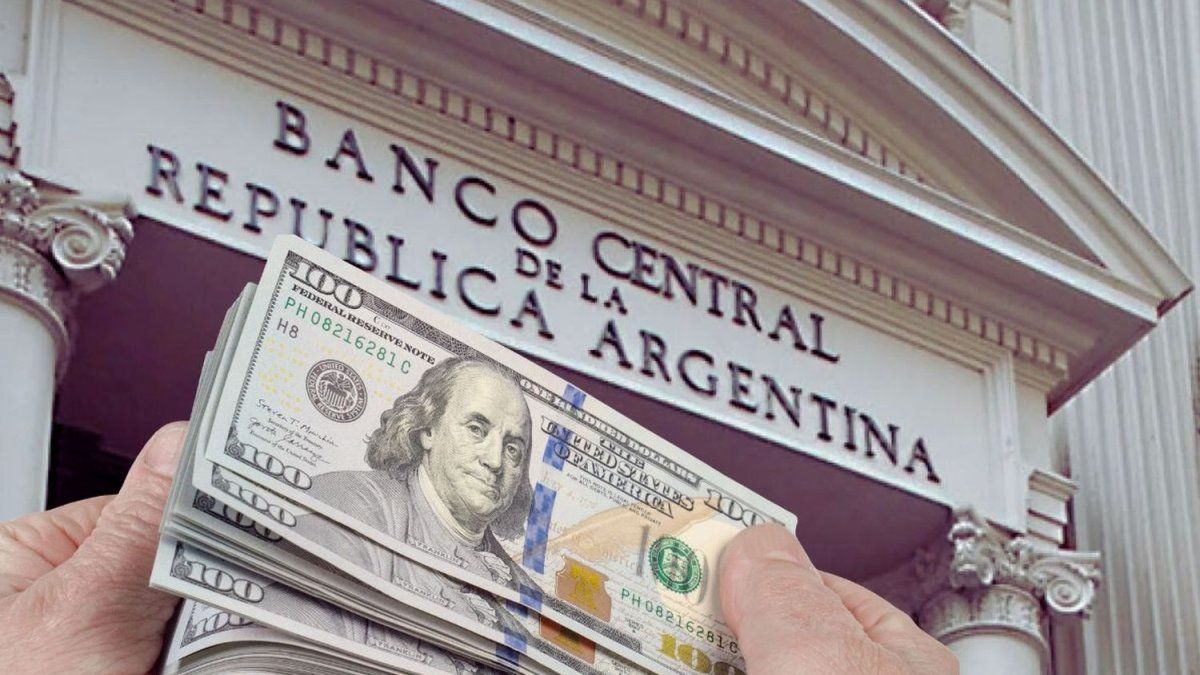The IMF cited the sharp rise in prices since the Russian attack on Ukraine as the main reason, which is significantly reducing consumers’ purchasing power.
The global economy is facing huge challenges because inflation is more stubborn than expected and China is also losing traction. “The worst is yet to come and for many people 2023 will also feel like a recession,” said IMF economist Pierre-Olivier Gourinchas.
Forecast lowered again
At the beginning of the consultations of its member states this week in the US capital, the IMF again lowered the forecast for 2023. According to this, the global economy is only likely to grow by 2.7 percent, compared to 2.9 percent expected in July. An increase of 3.2 percent is still expected for 2022. Compared to 2021 with growth of 6.0 percent, these are meager values.
The forecast is the weakest in around 20 years – with the exception of the predictions during the pandemic and the global financial crisis, the report said. The decisive factor now is whether strict monetary policy will bring inflation down. However, the high interest rates could trigger a debt crisis in low-income countries. Overly tight monetary policy also carries the risk of plunging the global economy into an “unnecessarily severe recession,” Gourinchas warned.
The most important economic regions are all weakening. Europe is particularly affected by the war in Ukraine. Gas prices have more than quadrupled since 2021. In the US, consumption is no longer driving the economy as usual, and in China, corona restrictions and tensions in the real estate market are having a negative impact.
“Winter 2023 will be even worse”
The IMF has now warned that more than a third of the global economy will shrink in 2023. In the three largest economies – the US, the European Union and China – growth will stagnate. The energy crisis in Europe is “not a temporary shock,” Gourinchas warned. The geopolitical reorganization of the energy supply in the course of the Russian war of aggression is “comprehensive and permanent”. The IMF Chief Economist predicted: “The winter of 2022 will be challenging, but the winter of 2023 is likely to be even worse.”
The IMF expects inflation, which is currently at multi-decade highs in many countries, to peak in late 2022. However, it will remain at a significantly higher level for a longer period of time. Global consumer prices are likely to rise by a whopping 8.8 percent in 2022, and still by 6.5 percent in 2023. The previous estimates were thus adjusted upwards again. 4.1 percent is then expected in 2024. Emerging and developing countries will be hit harder than industrialized nations. For them, the strong dollar, which is at its highest level in two decades, is a big problem.
Central banks in focus
The focus is currently on the central banks, which have recently tried to ensure a more stable price development with unusually strong interest rate increases. According to the IMF, there is a risk here of doing too little or too much. Excessively high interest rate hikes could stifle growth beyond measure, and hesitation for too long could not curb inflation. It is also about the credibility of the central banks. In the energy crisis, financial policy should primarily help the weakest members of society for a limited period of time. Despite all the risks, the central banks must therefore concentrate on curbing inflation, according to the IMF.
“We recommend that the central banks stay the course,” said IMF chief economist Gourinchas with a view to the strict monetary policy. The US Federal Reserve had recently braced itself against the extremely high rate of inflation with several sharp interest rate hikes. Fed Chairman Jerome Powell had made it clear that further rate hikes are to be expected. After much hesitation, the ECB initiated the turnaround towards higher interest rates in July.
Pressure on lower-income countries is increasing
But a further tightening of monetary policy in the industrialized countries increases the pressure on borrowing costs in lower-income countries, according to the IMF. That would be fatal for the countries already badly hit by the pandemic – and would also have global consequences. “A deepening debt crisis in these economies would weigh heavily on global growth and could trigger a global recession.”
The IMF emphasizes that the forecasts are extremely uncertain. The future development of the global economy depends crucially on monetary policy, the course of the war in Ukraine and possible other disruptions caused by the pandemic – for example in China. The further appreciation of the US dollar should also lead to further tensions. The effects of the Russian war of aggression could further weigh on Europe. A flare-up of Corona or new global health fears could slow growth further.
Germany and Italy in the red
In Europe, Germany is feeling the effects of the war and its heavy dependence on Russia for energy particularly clearly. Unlike France, Spain and Great Britain, for example, the IMF expects Germany’s economic output to shrink in 2023 – specifically by minus 0.3 percent. The estimate from July was thus reduced by 1.1 percentage points.
Italy is also likely to slide into the red next year. The US will grow by 1.6 and 1.0 percent in 2022 and 2023, respectively. The estimate for this year was significantly reduced. The IMF experts are a bit more pessimistic for China and are now expecting growth rates of 3.2 and 4.4 percent in 2022 and 2023 – little by Chinese standards.
Source: Nachrichten




